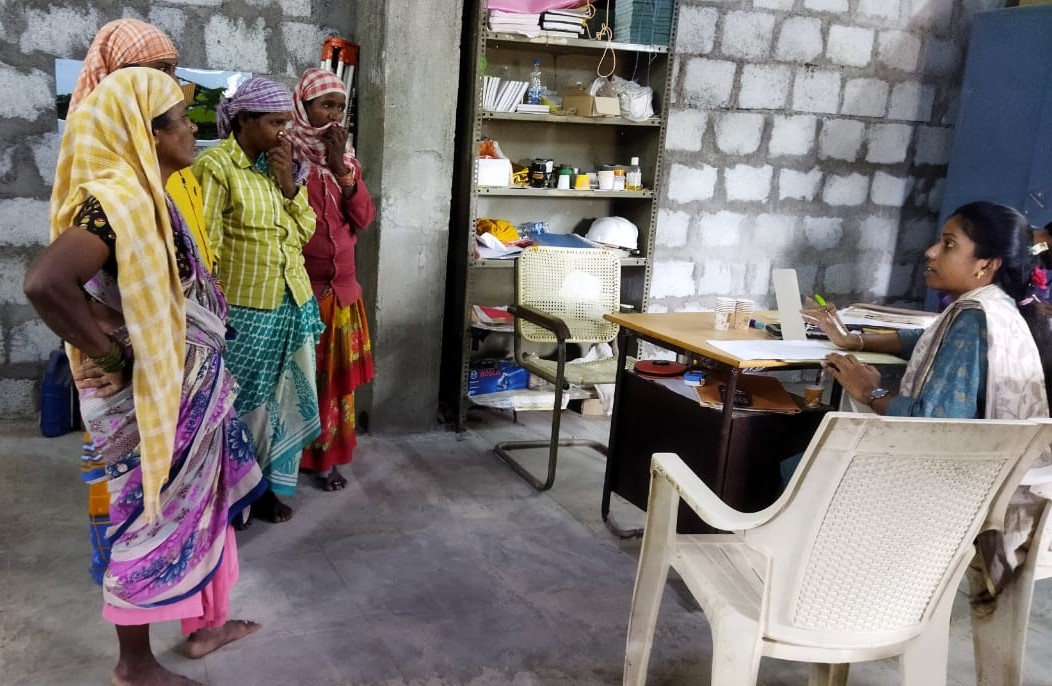The Sati Prevention Act - Just an enactment without implementation
- Saksham Khunger
- July 14, 2020
Content :
Sati is an ancient practice of self-immolation by a widow on the funeral pyre of her deceased husband. What started as a part of the religion and tradition, took a sharp turn to become a practice to glorify the sacrifice which was usually not done willingly. Nonetheless, there have been legislations like the Bengal Regulation Act, 1829 during the colonial times due to the efforts to Raja Ram Mohan Roy and Lord Bentick and the modern-day legislation called the Commission of Sati (Prevention) Act, 1987. But the efforts of the law-makers seem to go down the drain as we see acts of Sati even in the 21st Century. It takes more than just legislation to uproot the roots of an evil practice that has been in the society for so long. The instances of Sati and its glorification have come time and again with most of them being from the rural areas, where religion and customs are kept at a higher pedestal than education and rationale. The paper covers the history and concept of Sati, its relevance and presence in ancient India as well as modern India. The infamous Roop Kanwar incident along with other cases relating to the Commission of Sati (Prevention) Act, 1987 has been discussed as well. The paper concludes with the problems faced due to shortcomings in the present legislation and failure of the Parliament to tend to it and suggests curbing the problem which shall be only done through awareness and sensitization among people.












